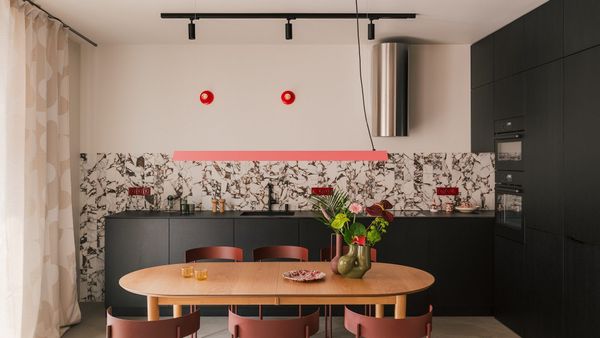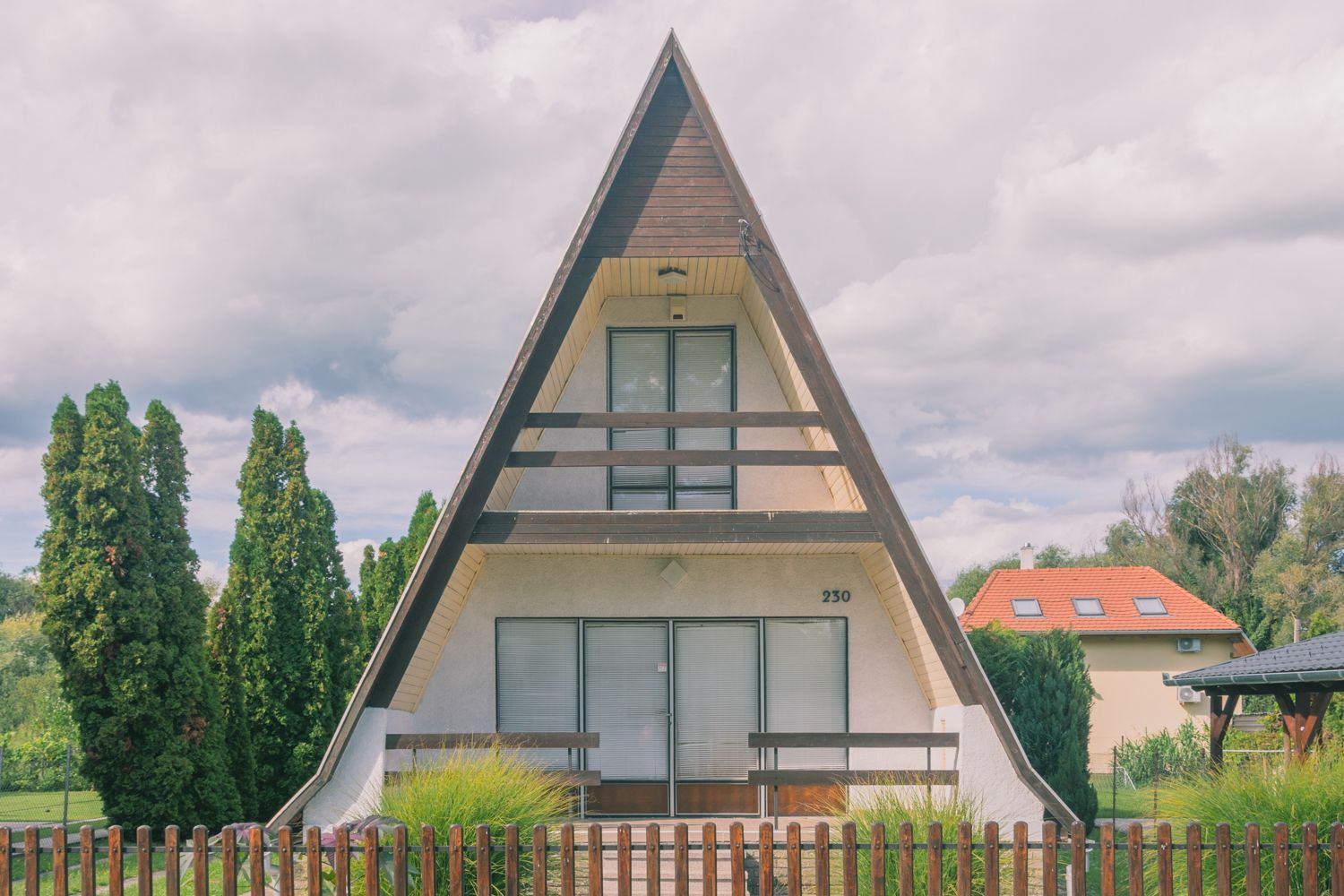Exciting shapes, captivating stories, and a seemingly desolate countryside: this is the off-season holiday paradise through the lens of Dorottya Bartha, the creator of the Balaton offseason Instagram page, who tells us how she found the topic of her love project.
How did you end up at Lake Balaton at a time when almost no one is there? Traditionally, these villages are relatively deserted at this time.
It’s exciting to see this off-season phenomenon at Lake Balaton. Not so long ago it occurred to me that there is also a mini winter season—in addition to the well-known summer season—when the lake freezes over and the coastal resorts come back to life. This has been the case since the beginning, with pictures of people skating and sledding on ice on Fortepan (a community photo archive based in Budapest, Hungary—the Transl.) from the early 20th century. In answer to the question, however, these winter experiences on Lake Balaton were also unusual for me at first. In the autumn of 2014, when my boyfriend moved to the lake for months to prepare for his final exam, I spent a lot of time there with him. Not wanting to just annoyingly stare at him while he was studying, I needed to keep myself busy, so I started taking walks and photos. That’s when I really realized how special the post-season atmosphere is and saw all the things that go unnoticed during summer in the great ‘when are we going to the beach—will we eat lángos—is the beer cold—where’s the sunscreen’ buzz.


When did you first become interested in buildings?
When I was three, on holiday in Greece, I saw the ancient columns. Or so the family legend goes. But seriously, maybe around 2010, when I was a history student at university and started exploring Budapest between classes with my first camera. It soon became clear that it was the buildings, their stories, and the architecture that fascinated me.
How often do you go on a trip to photograph a house based on a tip from a reader?
It’s happening more and more often, because I’m getting more and more of them. There are many enthusiastic patriots in Zamárdi and Balatonszéplak, and that’s where I get most of my tips and stories from.
How do you investigate the history of holiday homes?
If I’m lucky, I can find literature in the library, as in the case of the villas in Bélatelep, or the history of a settlement written and published by the local association, as in the case of Balatonszemes. Another treasure trove is the Arcanum database (an online publisher that creates databases of digitized cultural contents—the Transl.), where you can search for bits of information in everything from old magazine classifieds to architectural journals and local newspapers, not to mention the pictures, photos from Fortepan and maNDA (Hungarian National Digital Archive—the Transl.), or postcards from Hungaricana (a Hungarian cultural heritage portal—the Transl.). They are also incredibly exciting and valuable collections, if you know what you are looking for. Of course, the best is when the owner or their family tells the story.
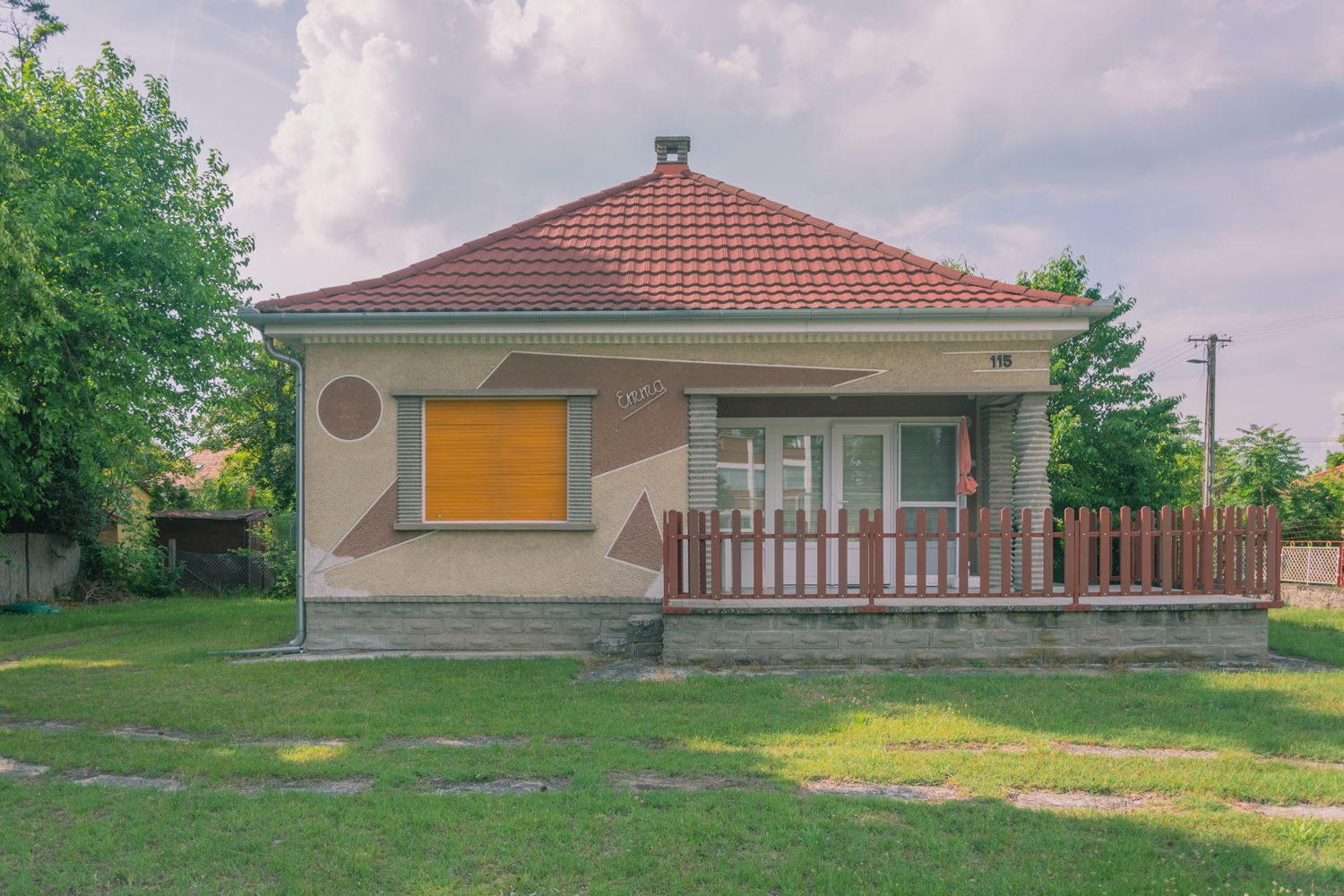
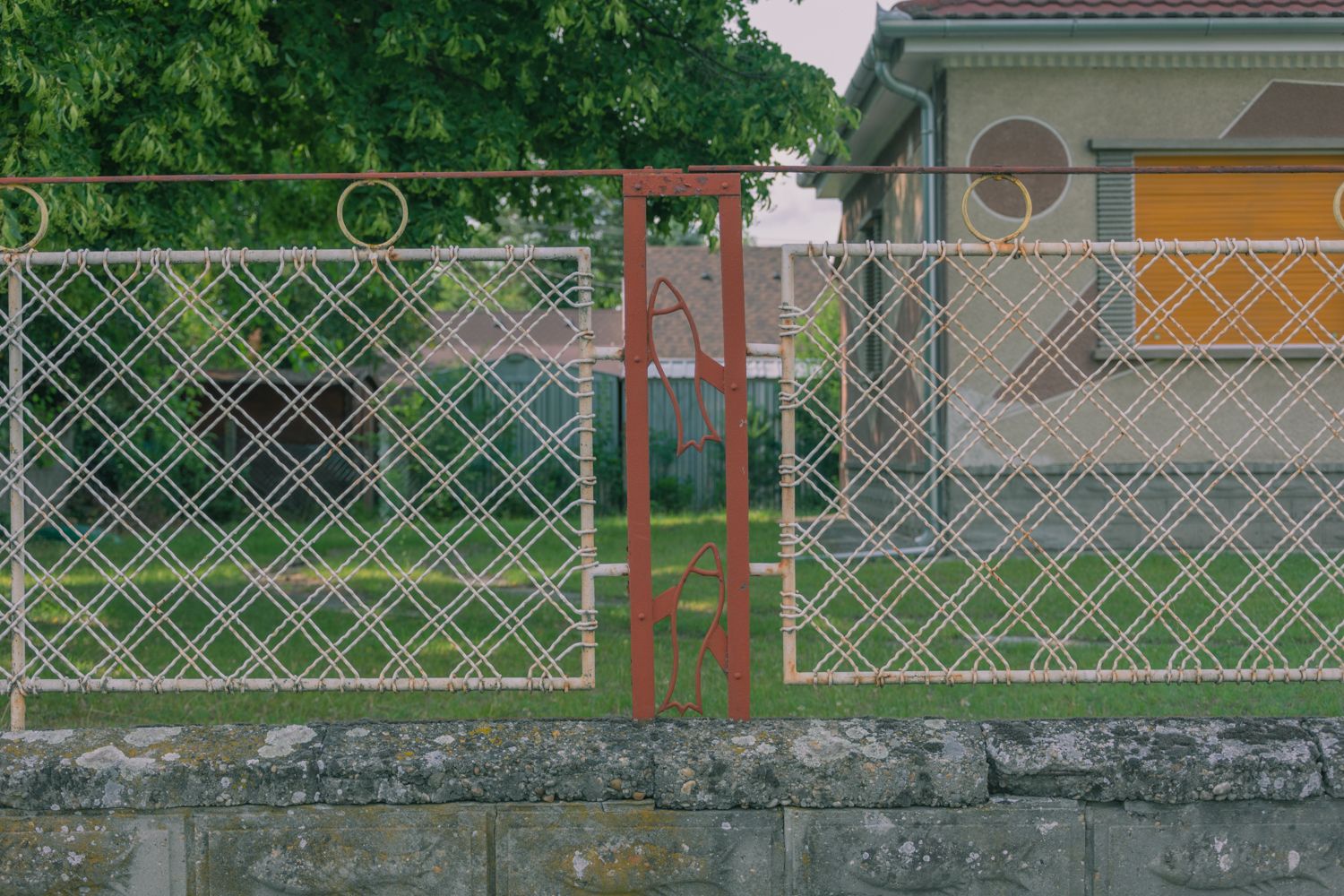
Do you have an ultimate favorite house or a favorite style?
My favorite house is definitely my boyfriend’s summer house. If I can’t be so biased and cheat a bit, I would say the following two: one is the elegant early 20th-century Ilus villa in Balatonszemes, because of its history and because I love the bourgeois, classic villas of this era. The other is Emma villa, on the outskirts of Balatonfenyves. It’s a socialist modernist holiday home and perfect in every element. Not only the decoration of the house, the name, but also the fence, with its fish-shaped plinth and metal grilles, the meticulousness and care with which it was built and has been maintained in one piece is impressive. Stylistically, it’s the 60s-80s, which many are even less fond of, that really warms my heart.
Which part of Lake Balaton do you think is now emerging and deserves as much attention as the Balaton Uplands?
The south coast has certainly seen a change in recent years, with more and more good places and restaurants open all year round, and people are starting to discover its values and attractions. It would be nice if these changes didn’t mean that the very memories of the eras I love so much disappear because of mega-constructions.
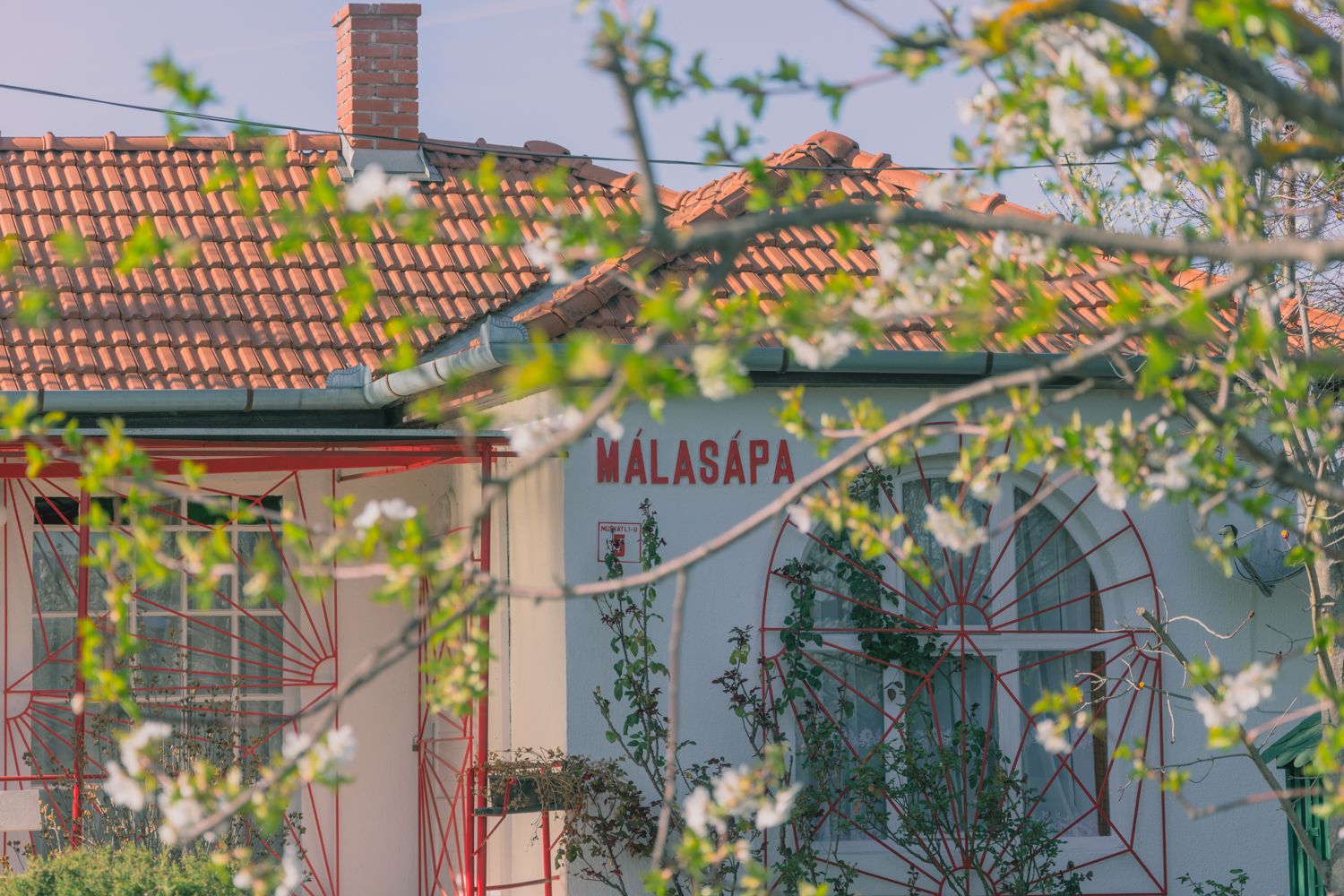
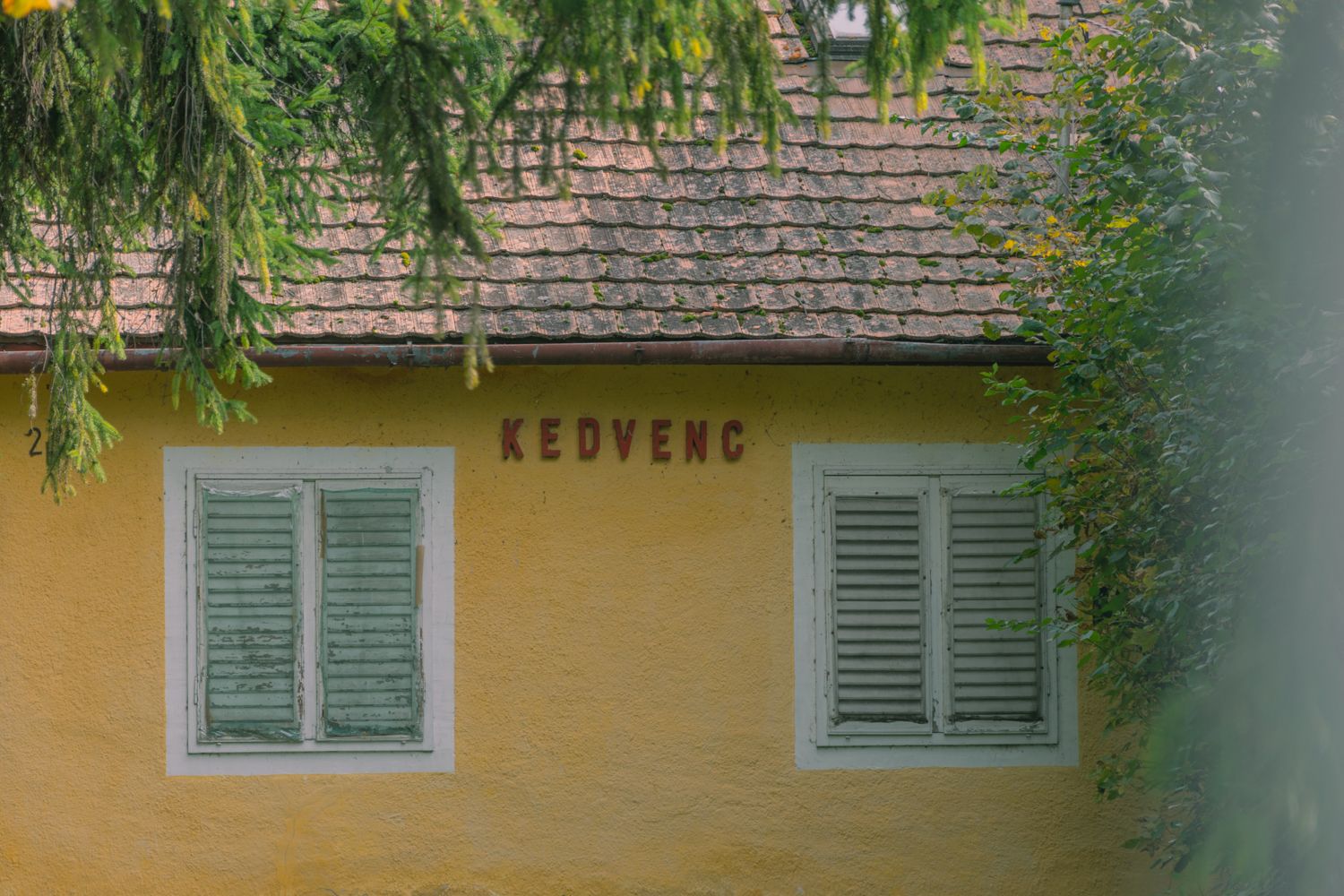
Do you have plans to expand this project outside the ‘walls’ of Instagram?
I still need a dose of courage to do this, but in mid-November, an exhibition of the pictures opened at the TELEP gallery in Budapest, which was the first step from virtual space to reality. We even joked with the curator, Kitti Mayer, that we had basically printed out the internet. I have some more ideas, I would definitely like to have the images available in some kind of physical form, or even the photos and stories together. As soon as I find the best solution, I’ll let you know!
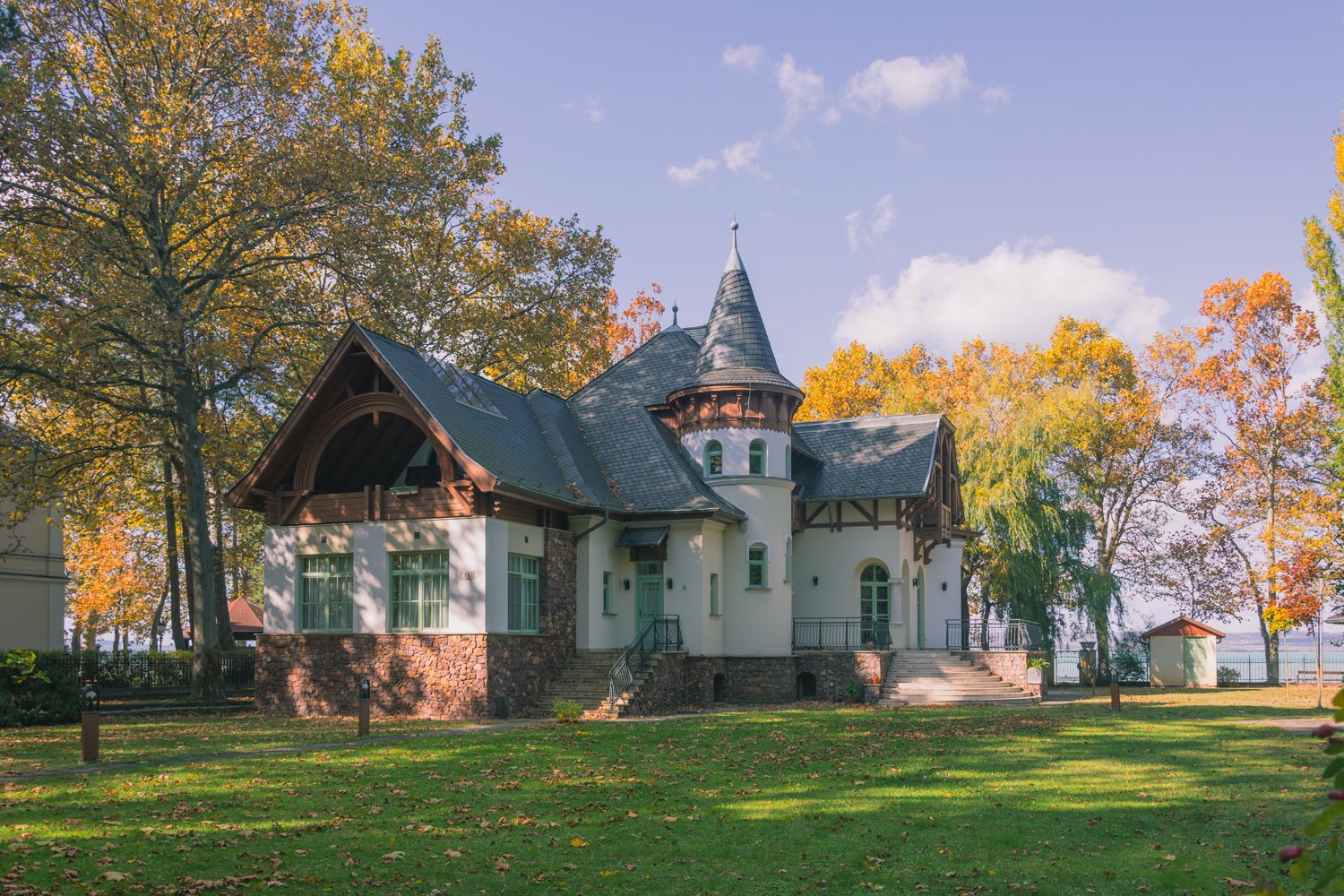
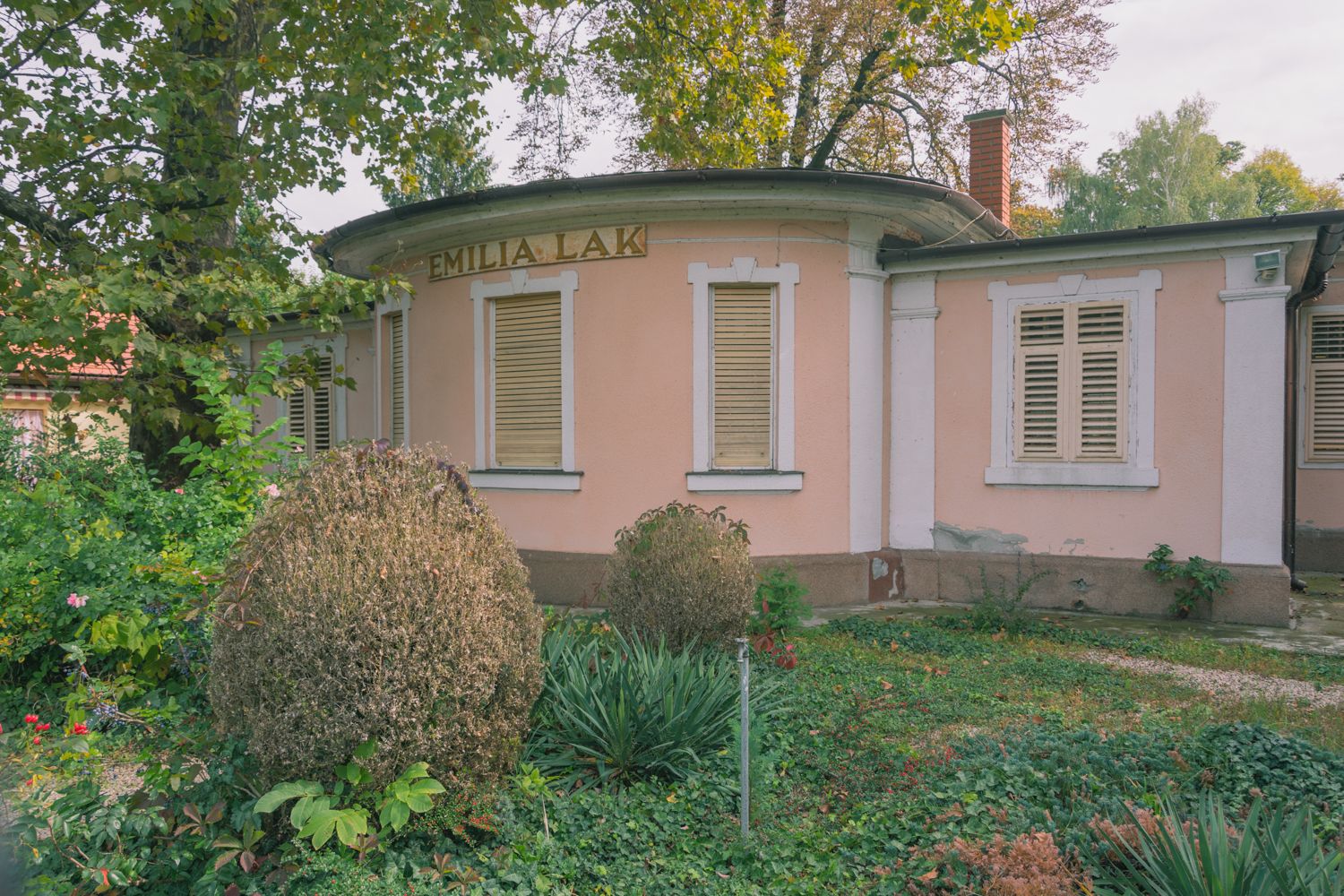
Balaton offseason | Instagram
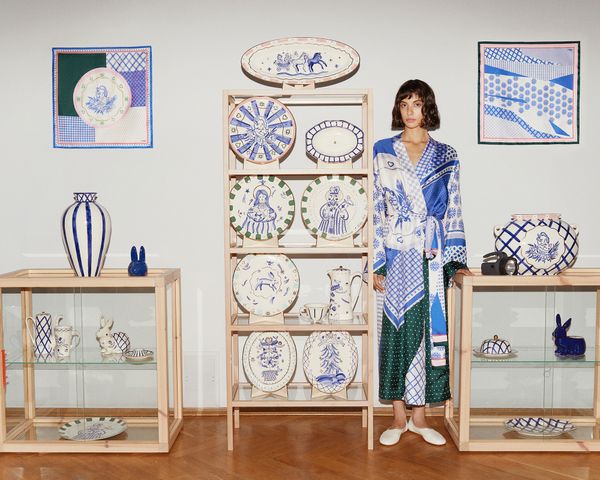
The new collection of GUNIA Project brings back our childhood memories

The world’s most creative countries | World Design Rankings
